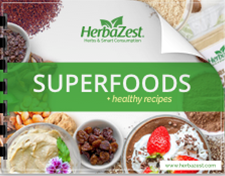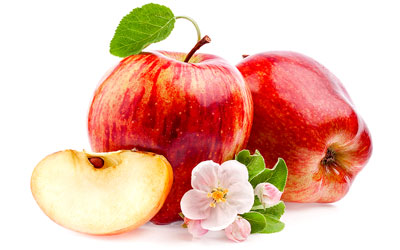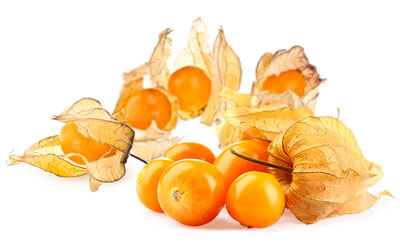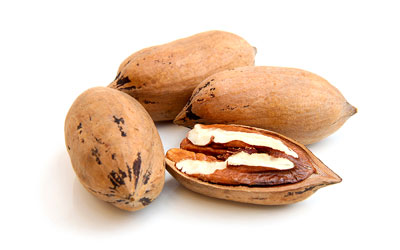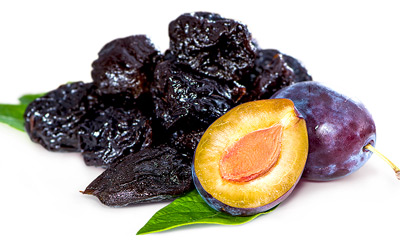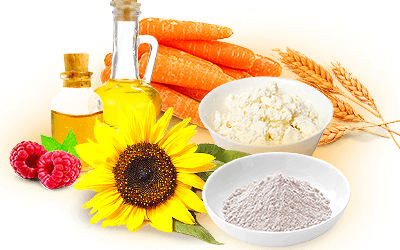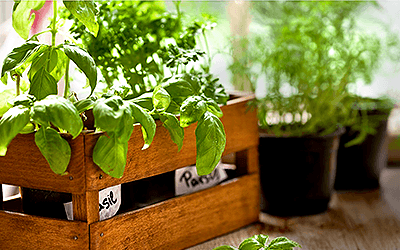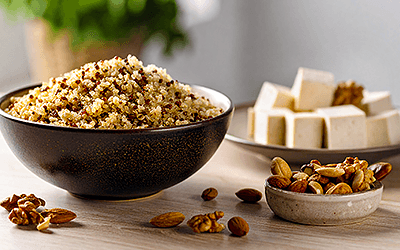The human body is an extremely complex machine that requires proper maintenance and fuel to run smoothly. If you have a demanding routine at home or at the gym, work long hours, or are following a restrictive diet, chances are that some days it gets a bit harder to get out of the bed and carry on with your usual activities. In that case, the answer may be in the quality of your meals.
Where Does Your Energy Come From?
All living things need a source of energy to go on. Plants transform sunlight into energy, but animals and people depend on food. The amount of energy provided by any given food is measured in calories, and the total intake per day varies depending on your age, size, weight, and lifestyle. A moderately active adult 26-45 years old will need 2,600 (men) to 2,000 (women) calories average, and people aged 46 to 65 will require only 2,400 (male) to 1,800 (female) daily calories in order to stay healthy.1 However, the quality of the fuel you feed your body makes a big difference in your daily performance.
Calories: Quantity vs. Quality
When it comes to food quality, "energy density" is an important concept to grasp. It relates to the amount of calories per gram, ounce, or "bite." Energy-dense foods contain the most calories per bite and are quickly transformed into glucose. When people feel tired, they often recur to simple carbs - mainly processed sugars and starches - which are high-calorie density foods. In nature, simple carbs are contained in fruits, which also provide a great deal of nutrients and fiber and should be part of a balanced diet.
On the other hand, low-density foods are the ones that provide less calories per bite, but contain more nutrients and fiber. They need more time to be digested, so that the energy is slowly released, giving the body enough time to notice “the tank is full.” Complex carbs, such as whole grains and vegetables, are low-calorie density foods.
Energy-Boosting Foods
There are multiple sources of simple and complex carbohydrates in nature; however, this short list is focused on the most nutrient-rich ones:
Fruits. The best fruits for energy are the ones that are high in fiber, such as apple, banana, kiwi, and pear, as well as those low in sugar, such as blackberry, blueberry, cherry, and goldenberry. Dried fruits, such as prunes and raisins, are also packed with fiber and nutrients and make for a healthy snack in small amounts.
Vegetables. Leafy green vegetables, such as kale, spinach, arugula, and lettuce, provide few calories per bite, but a great deal of nutrients and insoluble fiber. On the other hand, starchy vegetables, such as maize, potato, pumpkin, and sweet potatoes have more calories per bite, but are also highly nutritious.
Legumes. Fulfilling and nutritious, beans, lentils, and peanut (yes, peanuts are legumes, too) pack lots of energy, are great sources of fiber, and keep you satisfied for a long time, thus preventing snacking between meals.
Nuts and seeds. Loaded with protein, vitamins, minerals, and fiber, almond, chia, pecan, sacha inchi, and quinoa are not only a complete source of nutrition, but also prevent metabolic syndrome and support cardiovascular health.
Whole grains. High amounts of fiber and nutrients are provided by whole grains, like rice, oats, and wheat, as well as by whole grain-containing products (bread, pasta, cereal, etc.); however, they must be eaten in moderation because of their caloric content.
It is important to note that energy levels depend on many factors, and feeling chronically fatigued may be a sign of a medical problem that needs to be checked. However, nutritional deficiencies are the most common reason for feeling tired, which - luckily - can be easily fixed by making dietary adjustments, ideally with the help of a health professional.
Sources
- Medlineplus, Complex carbohydrates
- North Carolina State University, Rutherford County Center - Energy Dense Foods
- USDA Chose My Plate, All about the Fruit Group
Footnotes
- USDA Center for Nutrition Policy and Promotion. (2020). Estimated Calorie Needs per Day by Age, Gender, and Physical Activity Level. Retrieved April 11, 2025, from: https://www.dietaryguidelines.gov/sites/default/files/2020-12/Dietary_Guidelines_for_Americans_2020-2025.pdf
